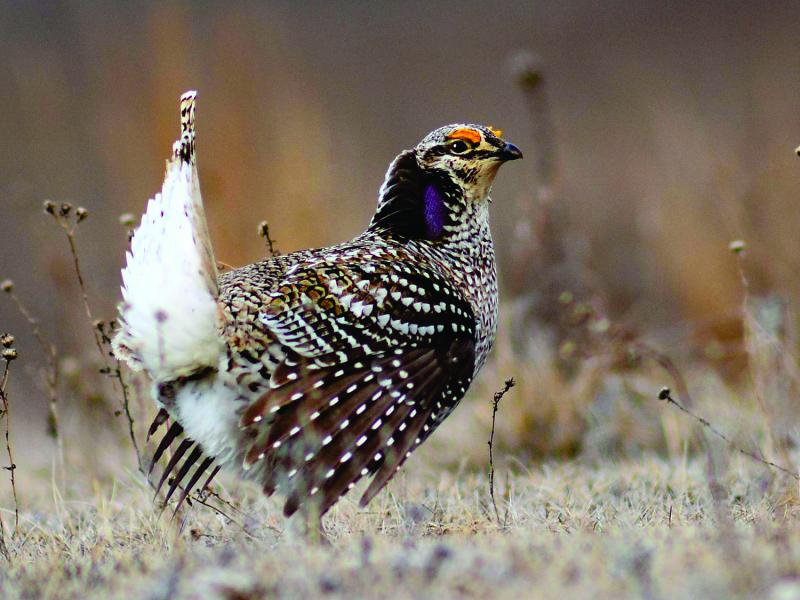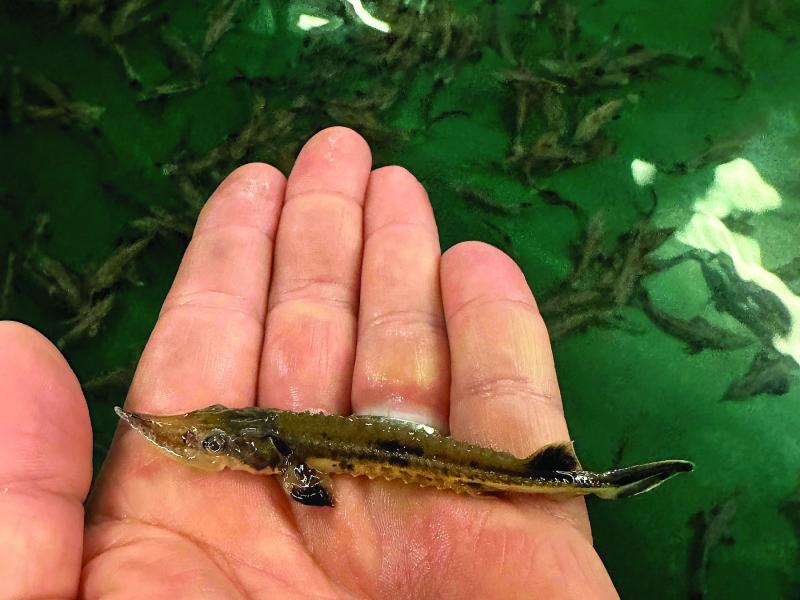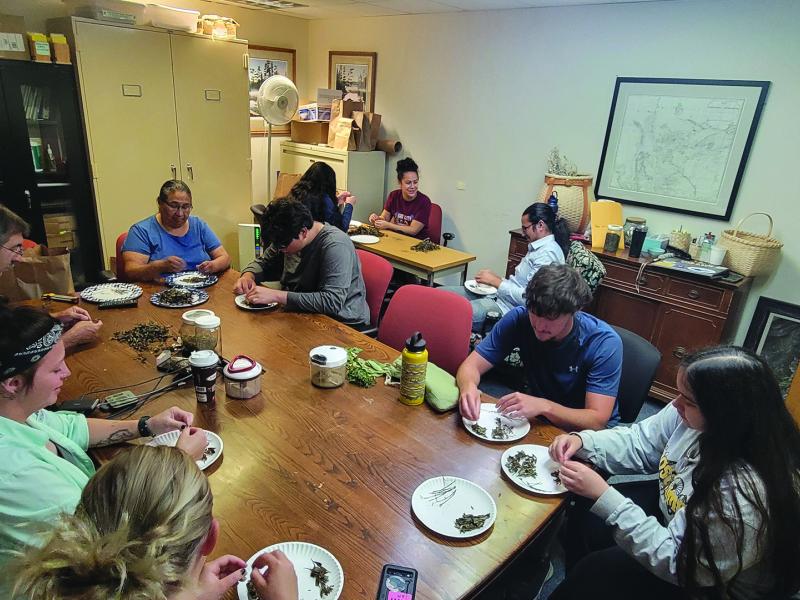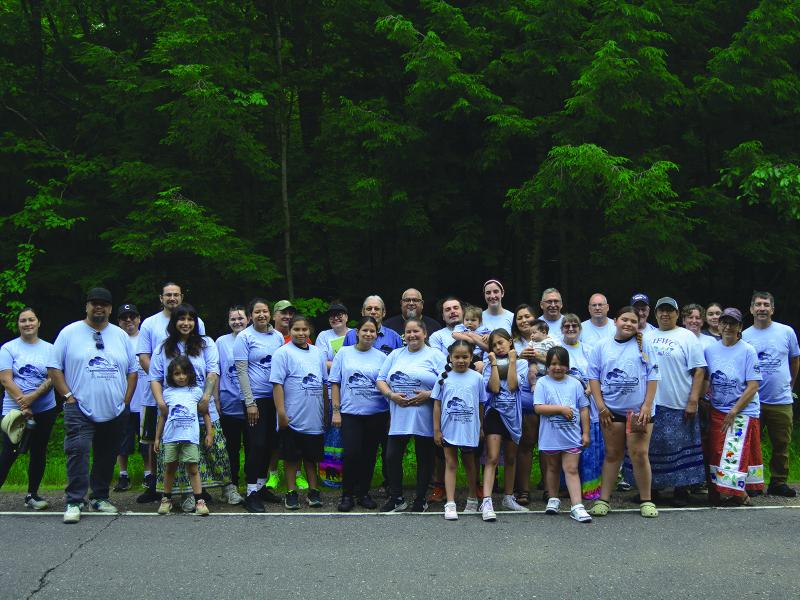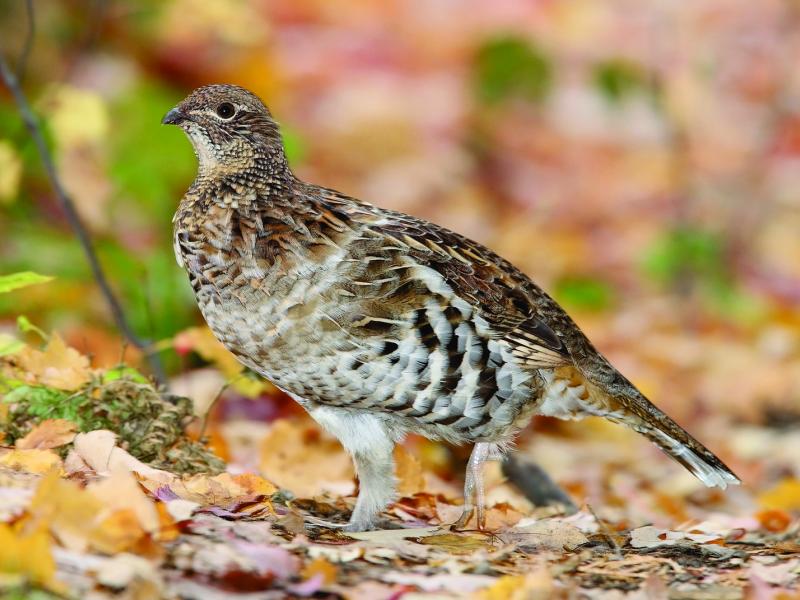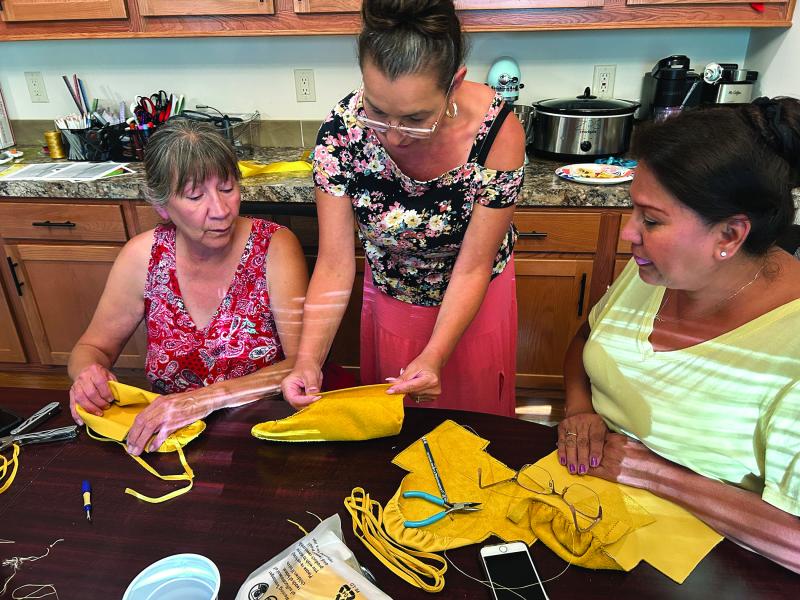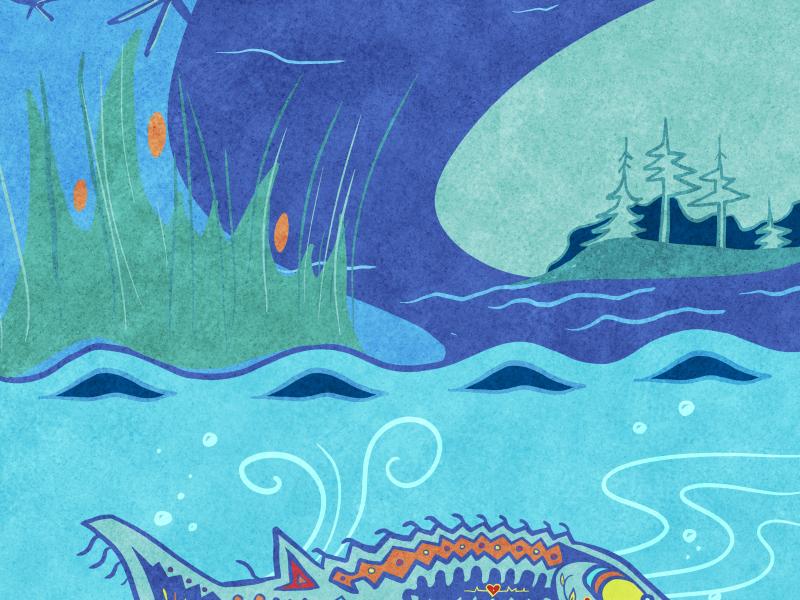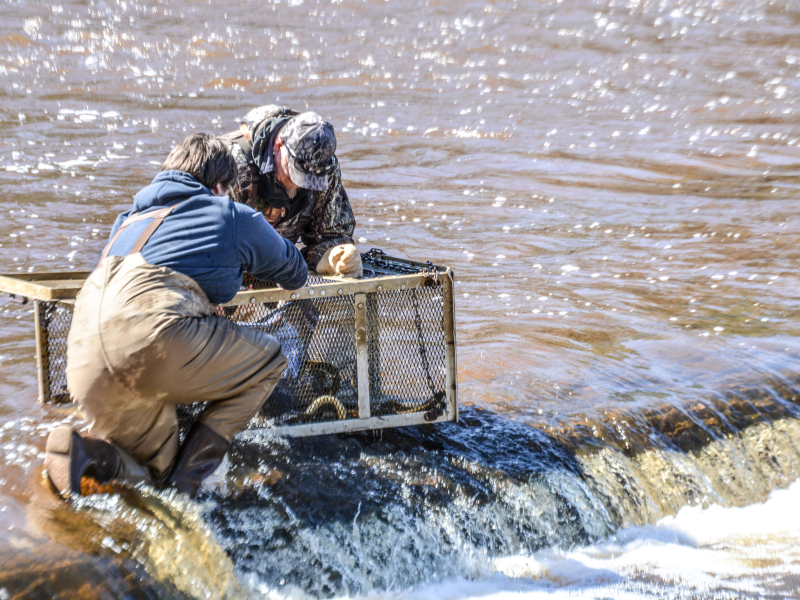Commission Order No. 225-04 Wisconsin Ceded Territory Opening of Tribal Crex Meadows Sharp-Tailed Grouse Closed Area for Harvest from October 18 to November 9, 2025, and Establishment of a Tribal Sharp-tailed Grouse Quota within Tribal Management Unit 10
The state of Wisconsin has established a sharp-tailed grouse harvest unit in the northwestern part
of the state and has established a limited quota for this unit during the 2025 sharp-tailed grouse
harvest season. To provide a similar opportunity for Tribal harvest of sharp-tailed grouse within
the Ceded Territory, this Commission Order establishes amendments to the Tribes’ general
restrictions on hunting in certain areas for the Wisconsin portion of the 1837 and 1842 ceded
…
Ojibwe tribes continue leadership in Ceded Territory Name restoration
By Charlie Otto Rasmussen, Editor
Apaakozigan: Summer interns collect bearberry, mullein, and sweet fern to make traditional tobacco for future ceremonies
By Ajiijaak Rauworth, PIO Intern
Seven days in the Healing Circle
By Bay Paulsen, Staff Writer
The Healing Circle Run is a seven-day and approximately 700-mile journey connecting 10 Ojibwe reservations. A core group completes the entire journey along with the sacred items and pipes while tribal members and staff from each reservation join in for the days in which the core passes through their community. The run is completed in a relay, with one or more people covering every mile, until each day’s leg is completed…
Honoring the harvest: manoomin outlook and reflections for 2025
By Kathy Smith, GLIFWC Genawendang Manoomin
Makizinan connect indigenous communities across Turtle Island
By Jenny Van Sickle, Staff Writer
Sea Lamprey Fundamentals
by Bay Paulsen, Communications Specialist, GLIFWC Public Information Office
With resounding success in the last decades’ efforts to control the overwhelming population of sea lampreys in Gichigami’s waters and the native namegos (lake trout) being fully restored, readers may wonder what post-crisis management of this non-local being looks like.
Wetland frog songs mark seasonal change, exemplify TEK
by Zach Wilson, GLIFWC Forest Ecologist
Spring and summer months in Ojibwe Country heralds the return of vibrant amphibian activity, notably among frogs and the one species of toad, the American toad (Anaxyrus americanus). Wetlands are bursting with life, and the calls of our frog friends are singing so loudly that at times they seem deafening. These species enrich ecosystems and serve as vital indicators of environmental health.
